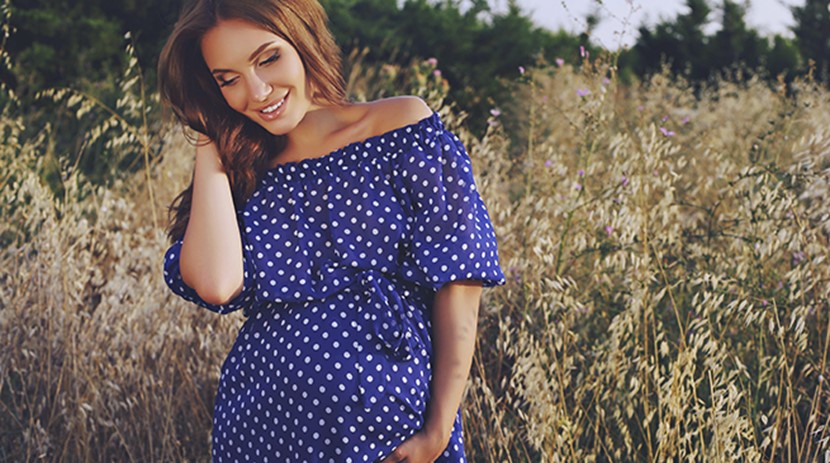Maternity Wear

Maternity Wear
Comfort is everything when you are deciding what to wear during your pregnancy, but just because you are pregnant it doesn't mean you have to wear a tent!
At around 14-25 weeks (depending on your size and shape) you will find a lot of your clothes won't fit you around your middle and the last thing you want to do is buy clothes that are too constricting.
Clothing
A few carefully chosen basics should suffice. For example a pair of maternity jeans with an expandable front panel, one or two maternity dresses for special occasions, and some properly fitted maternity bras, can be mixed in with some drawstring pants, even your partners t-shirts and jumpers. There is also a new product out called the Belly Belt which allows you to use your own jeans and pants that you would normally wear - during pregnancy by providing that extra belt area to expand your pants where they need them - so you don't have to buy new pants!
Also the Belly Bra is a new innovation that is designed to give you extra support as your tummy starts getting heavier. It helps to correct posture and provide back support.
There are a wide variety of specialist outlets you can go to (which may provide more of a range for work clothes), but department stores tend to be cheaper. Make sure you check the quality of the garments you are buying. It pays to check things like whether drawstrings are long enough, and that the stitching is good quality and strong.
Underwear
Good old natural cotton is often the best way to go. It is more comfortable than synthetic and is better for you if you have a problem with thrush.
Of course you have two choices - either briefs or waistline pants. A pregnancy bra and underpants are considered to be invaluable for your figure after the pregnancy as they help to prevent sagging.
A bra should be properly fitted and should give you good support with a wide band underneath the cups and wide shoulder straps that don't cut into your skin.
Hosiery
Hosiery gives a lot of support to sore and swollen legs. Special support stockings can be bought to minimize swelling and help with your circulation, but even sheer pantyhose offer a lot of support.
With socks you should aim to buy cotton ones, as they will allow your skin to breathe and will stretch more easily. Also avoid knee-high socks because they may restrict around your upper calf and promote varicose veins.

